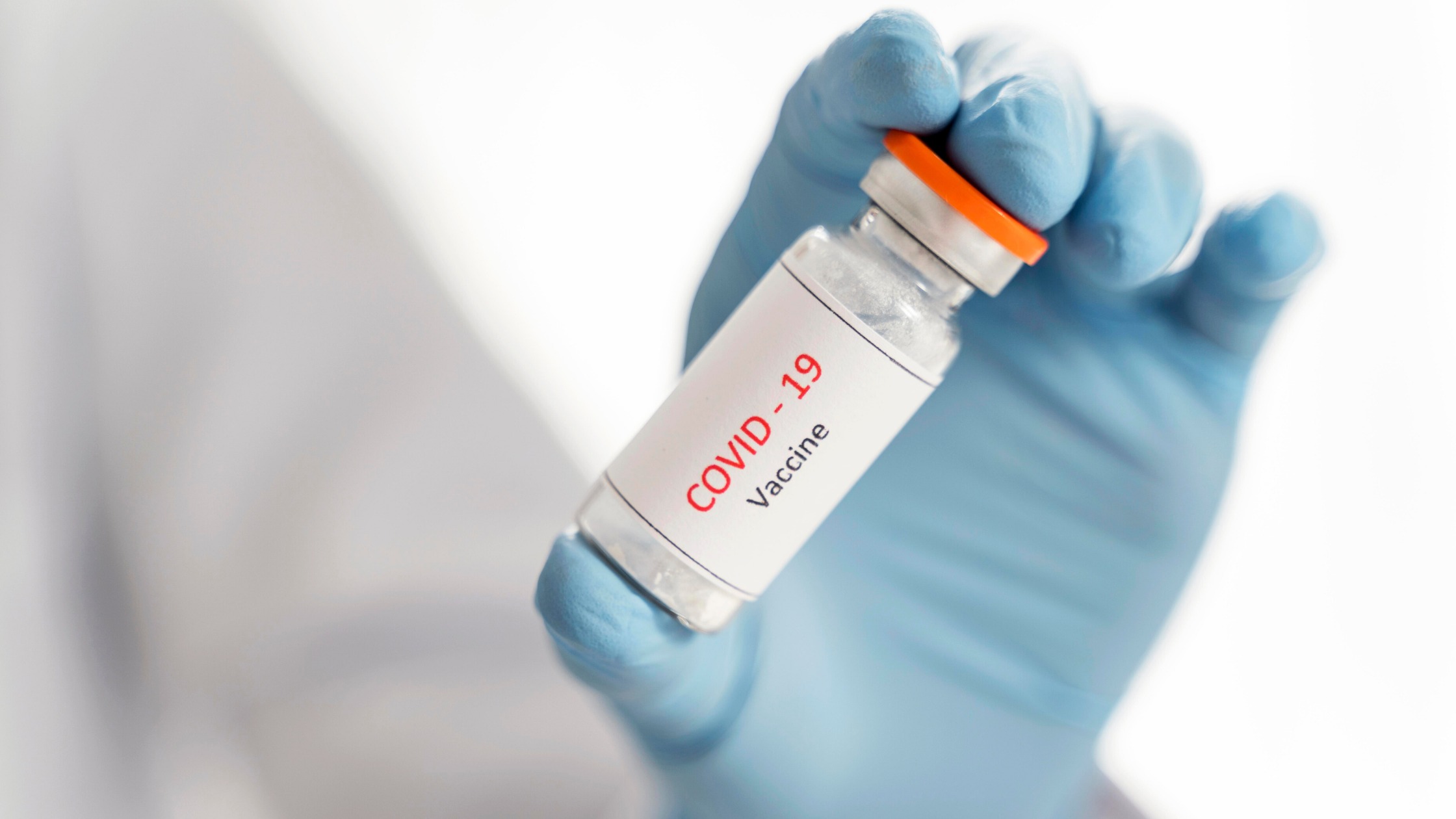We have officially passed the grim one-year mark since the first COVID-19 case was diagnosed in the United States. Since then, the trucking industry faced massive unemployment for a period of time and now faces a shortage of drivers due to several pandemic-related factors. With the global health crisis still in full-force, long-haul drivers must still be vigilant about protecting their health while on the road. The good news is, the United States is currently distributing multiple vaccines, meaning the country is on its way to returning to some semblance of normalcy. But when will long-haul truck drivers be eligible to receive the vaccine?
What are the Vaccination Phases?
The Advisory Committee of Immunization Practices (ACIP) and the Centers for Disease Control and Prevention (CDC) established a recommended vaccination schedule detailing when specific population segments should be vaccinated. The proposed vaccination schedule was designed to find a balance between prevention of morbidity and mortality and preservation of societal functioning—in other words, preventing as many unnecessary deaths as possible while protecting the economy.
The first round of vaccinations has been broken up into three phases:
- Phase 1a – Includes residents of long-term care facilities and healthcare personnel
- Phase 1b – Includes persons 75 years of age or older and frontline essential workers
- Phase 1c – Includes persons 65-74 years of age, persons 16-64 years of age with high-risk medical conditions, and other essential workers
You may be asking yourself, “Where do truckers fit into this plan?” That’s a great question. Since early December, the American Trucking Association (ATA) has been pushing the federal government to include truckers in phase 1b as frontline essential workers due to the massive role truckers play in the distribution of vaccines. Originally, transportation industry workers were included in Phase 1b because of the risks posed to the health of unvaccinated truckers while on the road. The CDC has since updated its vaccination plan, moving the transportation and logistics sector to Phase 1c.
States Control Vaccine Distribution
Here’s where things get tricky. Neither the CDC nor ACIP has the power to enforce who receives a vaccine in each phase or the vaccination schedule; these decisions are ultimately left up to the discretion of state governments. According to data from the Kaiser Family Foundation (KFF), only 33 states have adjusted their Phase 1c groups to reflect CDC and ACIP updates; of these states, only 17 follow ACIP recommendations. Many states have expanded the age range compared to the recommendations while some states have implemented even stricter requirements for the essential worker designation.
Further complicating the issue is the fact that states are moving at very different paces to try and vaccinate all of their residents. The majority of states are in Phase 1a of the vaccination process while 10 states and the District of Columbia have moved on to Phase 1b. Very few states, like Michigan, have begun Phase 1c of vaccination. Stay up to date on Phase 1 vaccination roll-out by checking with your state and local governments for their specific vaccination schedule.
Some Drivers Need the Vaccine More Than Others
Even within the transportation industry, there are specific groups of truckers who face a much higher risk of infection than others. For example, package delivery drivers often interact with the general public in their day-to-day routine, making it important for them to get vaccinated as soon as possible.
What about long-haul truck drivers? While they may not have as much public interaction as delivery drivers, truckers do face an increased risk of infection while on the road. The average long-haul driver spends 300 days each year on the road. That means for 300 days, truckers use public facilities for bathrooms and showers, eat at public restaurants, and interact with officials at truck stops and weigh stations. The ATA has tried multiple times to get long-haul drivers designated as Phase 1b frontline essential workers, noting that more than 80% of U.S. communities rely exclusively on trucks to receive necessary goods.
As previously stated, individual states have the ability to make their own vaccination schedule, depending on their needs. For example, both Georgia and Massachusetts expanded their Phase 1b to cover all essential workers, long-haul drivers included. Navigate to your state’s website to find more information on its vaccination roll-out schedule.



